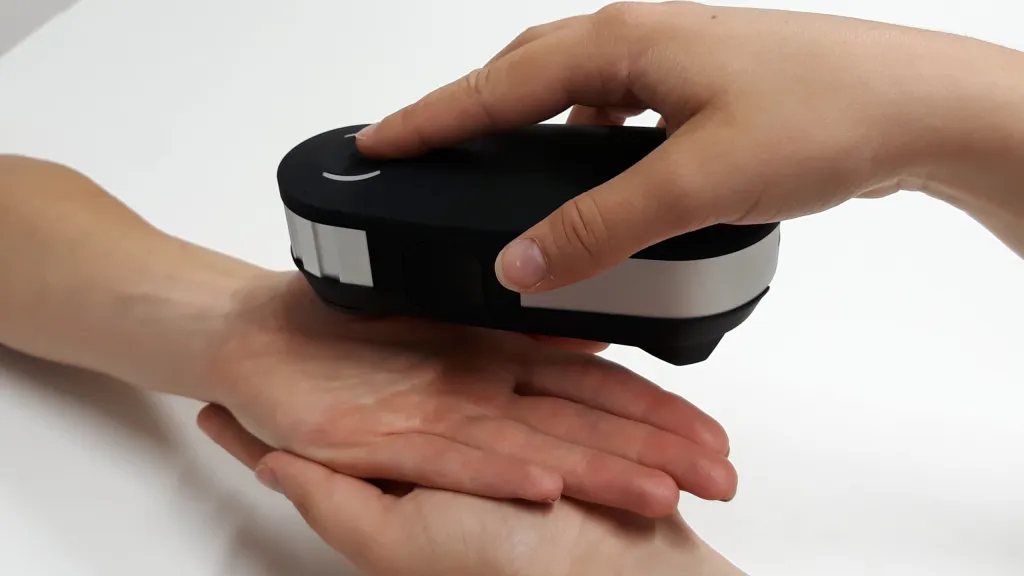One of the biggest challenges with toxins like cadmium and plastic residues is that they accumulate silently in tissues and are not easily detected through routine blood tests. This is where Bioscan becomes a powerful tool.
What is Bioscan?
Bioscan is a non-invasive test that uses spectrophotometry to analyze the concentration of minerals, trace elements, and toxic heavy metals in the body, directly through the skin (usually on the palm).
How It Helps with Plastics & Cadmium:
Heavy Metal Detection: It can identify excess cadmium, mercury, lead, aluminum, and others stored in tissues, long before symptoms appear.
Mineral Imbalance: Since toxic metals like cadmium displace essential minerals such as zinc, magnesium, and selenium, Bioscan helps show deficiencies that may weaken detox pathways.
Personalized Detox Plan: By revealing the exact toxic load, practitioners can create a targeted detox protocol—for example, increasing zinc to block cadmium absorption or using natural binders for safe elimination.
Monitoring Progress: Regular scans track how detoxification therapies (sauna, chelation, supplements, diet) are reducing the body’s toxic burden.

Plastics vs. Heavy Metals:
Bioscan is most effective at detecting metals (like cadmium), but since plastic toxins (BPA, phthalates) often create mineral disturbances and oxidative stress, the scan still provides indirect markers of plastic overload—helping to guide lifestyle corrections.
Why It Matters:
Instead of guessing, Bioscan provides a real-time map of toxic stress in the body, empowering people to take corrective action before these hidden pollutants turn into chronic illness.
Ready to get started?
Come for a free consultation on heavy metals and toxins.



